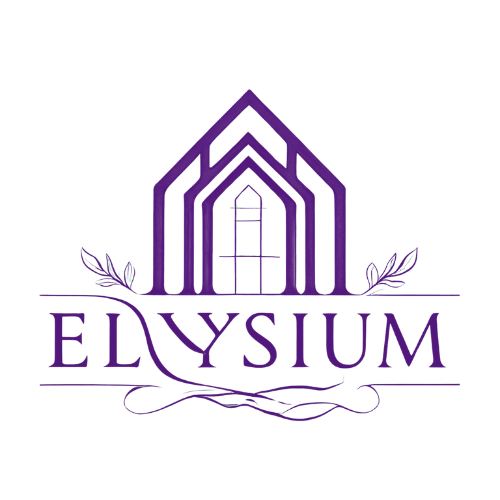Infill vs. Traditional Construction Loans: Which One Builds Better Returns?
In today’s competitive market, the decision between infill and traditional construction loans isn’t just about capital—it’s about strategy. Whether you’re building on urban land or greenfield sites, the financing structure you choose can dramatically affect leverage, project speed, and ultimate ROI. Let’s break down which loan type is best suited for your goals in 2025.
Understanding the Project Landscape
Infill construction involves building on underutilized or vacant land within already-developed areas. These projects thrive on proximity to jobs, transit, and amenities, often commanding premium resale or rental prices. However, they frequently involve regulatory hurdles like rezoning, environmental remediation, or community board reviews.
Platforms like Kiavi explain that infill loans are tailored to these challenges, often covering up to 85% of project costs but requiring tighter documentation and risk assessment. In contrast, traditional construction loans—often used for suburban or rural developments—tend to be simpler to secure, with lower land costs and fewer bureaucratic layers, making them ideal for larger-scale, less-complex builds.
Financing Flexibility & Leverage
In 2025, there’s a clear trend: lenders are becoming more sophisticated in how they underwrite risk—especially in the infill space. According to Insula Capital Group, borrowers who demonstrate strong entitlement planning and project feasibility for infill builds are accessing funds faster and with better rates.
That said, traditional construction loans still offer advantages. They typically require less red tape and offer longer repayment terms. Many developers use a construction-to-permanent structure—like those detailed by True Built Home—to convert short-term financing into long-term stability post-build.
Speed to Market & Timeline Management
While infill developments may face longer upfront approval timelines, they often benefit from faster vertical construction. Existing infrastructure, proximity to suppliers, and labor pools help offset delays. A 2025 report by AAPLoanline highlights how draw schedules and city incentives can compress timelines and boost infill project margins.
In contrast, traditional construction is often faster to start—thanks to easier permitting—but slower to finish due to infrastructure buildout and logistics. This makes the timeline tradeoff an essential part of the loan decision.
Profitability: Which Yields More?
The answer depends on how you define returns:
Infill projects tend to offer higher per-unit profits, especially in appreciating urban markets. Tax credits, density bonuses, and green-building incentives further enhance yield.
Traditional builds offer better economies of scale, but the returns are often tied to land appreciation and suburban growth trends.
For instance, Kiavi notes in their construction loan comparison that infill properties—especially those designed for rental income—can offer outsized returns due to tenant demand and walkability premiums.
Strategic Takeaways
Here’s how to know which structure is right for your next build:
Use infill construction loans if you’re targeting walkable neighborhoods with strong comps and you're skilled in navigating zoning.
Use traditional construction loans for suburban builds where scalability and speed matter more than density or urban premiums.
If your team has the experience to manage both types of projects, a hybrid approach—balancing infill flips with traditional builds—can diversify your portfolio and stabilize cash flow.
Final Thoughts
In 2025, the winning strategy isn’t just about what you build—it’s about how you finance it. From greenfield developments to dense urban infill projects, understanding the nuances of construction loans can unlock better margins, faster sales, and long-term equity growth.
Ready to Take the Next Step?
At Estates of Elysium, we help real estate investors, developers, and visionaries like you choose the best capital strategy for your project type. Whether you're exploring infill opportunities in Houston or planning your next suburban build, we’ll align you with lenders who can move quickly and partners who understand your long-term vision.

